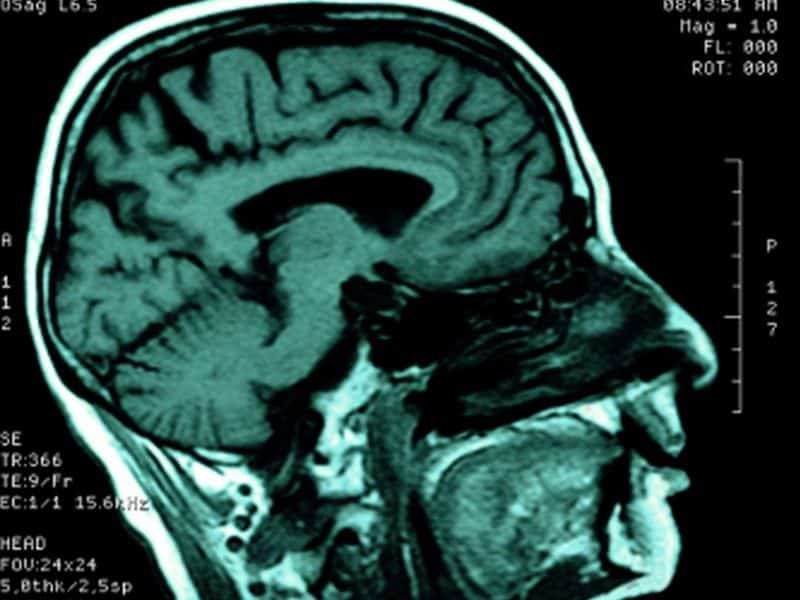The artificial intelligence that can blow human pilots out of the sky in air-to-air combat accurately predicted treatment outcomes for bipolar disorder, according to a new medical study by the University of Cincinnati.
The findings open a world of possibility for using AI, or machine learning, to treat disease, researchers said.
David Fleck, an associate professor at the UC College of Medicine, and his co-authors used artificial intelligence called “genetic fuzzy trees” to predict how bipolar patients would respond to lithium.
Bipolar disorder, depicted in the TV show “Homeland” and the Oscar-winning “Silver Linings Playbook,” affects as many as six million adults in the United States or 4 percent of the adult population in a given year.
“In psychiatry, treatment of bipolar disorder is as much an art as a science,” Fleck said. “Patients are fluctuating between periods of mania and depression. Treatments will change during those periods. It’s really difficult to treat them appropriately during stages of the illness.”
Related Articles
- MRI May Help ID Suicide Risk in Young Bipolar Patients
- Some Antihypertensives Linked to Depression, Bipolar Risk
- Duration of untreated bipolar disorder: a multicenter study
The study authors found that even the best of eight common models used in treating bipolar disorder predicted who would respond to lithium treatment with 75 percent accuracy. By comparison, the model UC researchers developed using AI predicted how patients would respond to lithium 100 percent of the time. Even more impressively, the UC model predicted the actual reduction in manic symptoms after lithium treatment with 92 percent accuracy.
The study authors found that even the best of the eight most common treatments was only effective half the time. But the model UC researchers developed using AI predicted how patients would respond to lithium treatment with 88% accuracy and 80 percent accuracy in validation.
It turns out that the same kind of artificial intelligence that outmaneuvered Air Force pilots last year in simulation after simulation at Wright-Patterson Air Force Base is equally adept at making beneficial decisions that can help doctors treat disease. The findings were published this month in the journal Bipolar Disorders.


